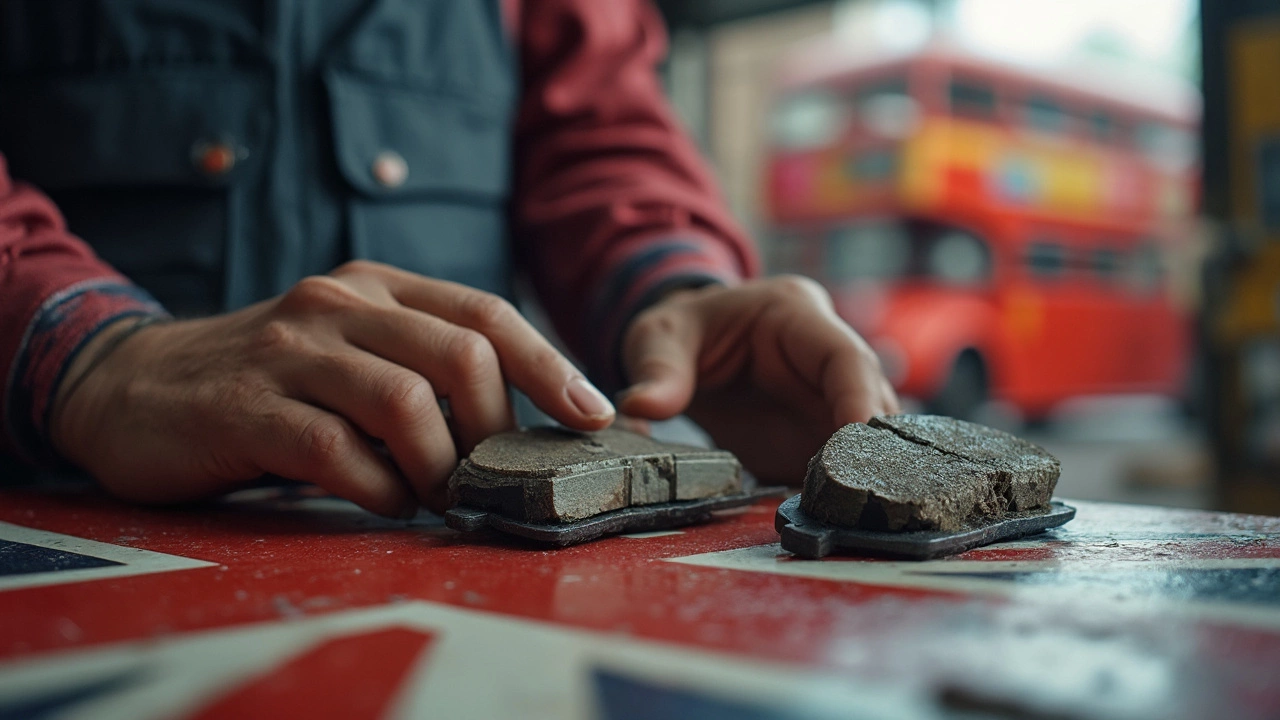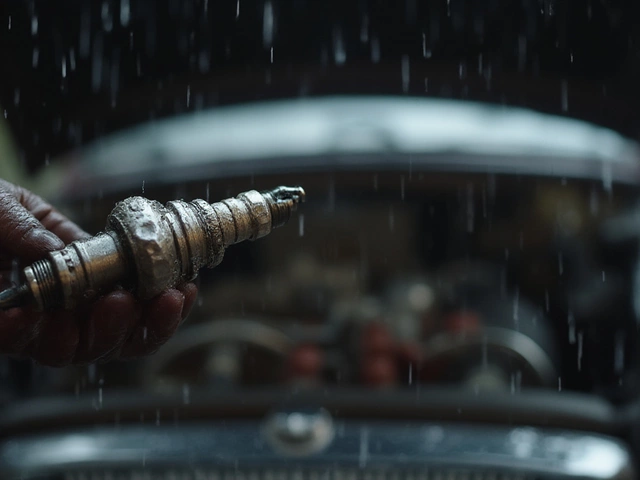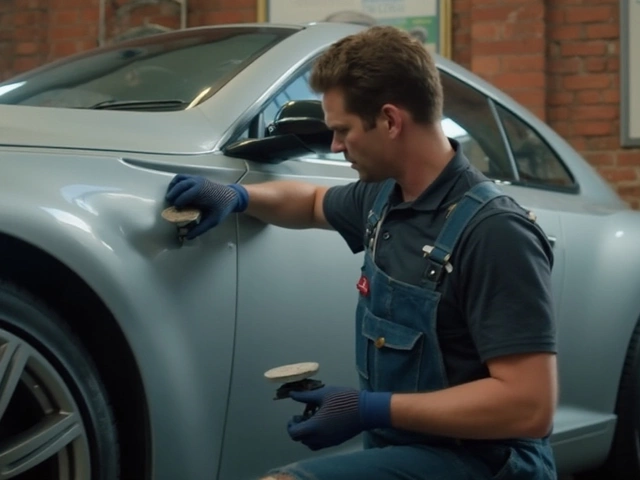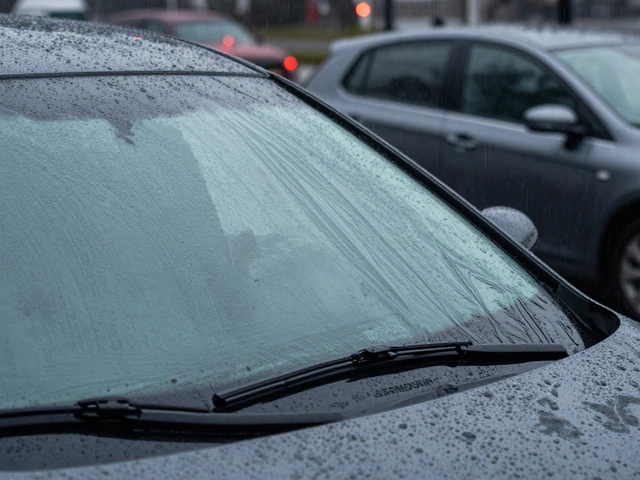Rear Brakes: What You Need to Know
Rear brakes do more than just stop your car – they help keep it balanced when you brake hard or drive downhill. If they’re worn out, your whole ride can feel shaky or unsafe. Below are the basics every driver should know, plus quick tips to keep the rear brakes in top shape.
When Should You Replace Rear Brake Pads?
Most pads last between 30,000 and 70,000 miles, but the exact time depends on driving style, road conditions, and the type of pad you have. Listen for a high‑pitched squeal that gets louder as you press the pedal – that’s the wear sensor letting you know it’s time for new pads. You’ll also feel a thumping or vibration through the floorboard when the pads are close to the metal backing. If the car pulls to one side while braking, the rear pads on that side are probably worn unevenly.
Common Rear Brake Issues and Quick Fixes
Leaking brake fluid is a red flag. Check the area around the rear wheels for wet spots; a leak can cause the brake pedal to go soft and reduce stopping power. Warped rotors create a pulsating brake pedal and a grinding noise – a mechanic can resurface or replace them, but you can spot the problem early by feeling the pedal vibration.
Another easy mistake is ignoring the parking brake. If the hand‑brake lever feels loose or the car rolls slightly when parked on a slope, the rear parking brake cables might need tightening or replacement. A quick visual check of the cables and cables’ condition can save you from a surprise slip.
For DIY lovers, swapping rear pads is straightforward. Raise the car, remove the wheel, loosen the caliper bolts, and slide the old pads out. Clean the caliper surface, compress the piston with a C‑clamp, then install the new pads and re‑assemble. Always torque the bolts to the manufacturer’s spec – a loose caliper can cause uneven wear.
Regular checks are key. Every few oil changes, pop the rear wheels and give the brake discs a quick glance. Look for scoring, rust, or a thin pad thickness (usually under 3 mm). If anything looks off, book a quick appointment – a half‑hour can prevent a costly repair later.
Bottom line: rear brakes are an easy part of the car to forget but crucial for safe stopping. Keep an ear out for squeals, watch for pedal changes, and do a visual check every few thousand miles. With these simple habits, your rear brakes will stay reliable and your drives will stay smooth.
 1 June 2025
1 June 2025
Front or Rear Brakes: Which Brake Pads Wear Out First?
Curious about which brake pads wear out first—front or rear? This article explains why your front brakes usually bite the dust before the rear and what really causes uneven brake wear. You'll get tips for spotting worn-out brake pads before they mess up your rotors or even your day. It's all about helping you save cash and drive safer by knowing what to check and when.






0